A garden makeover can seem like a daunting task. Not only do you have to choose the right plants and trees for your space, but if you’re changing the turf or undertaking a substantial change in layout, you may also have to uncover areas of the garden that you’ve never seen before, such as underneath your lawn.
To help your garden overhaul run smoothly, we asked landscaping and gardening professionals to share their top tips for success and common mistakes to avoid. We also asked experts and homeowners about the strange things they’ve found or buried in gardens.
What should homeowners look out for when gardening?
Whether you’re planning a large-scale garden refurbishment project or a smaller aesthetic upgrade, there are important elements under your garden that you need to watch out for. Professionals warn that you may find essential wires and pipes beneath the soil that could get damaged.
Trade professionals most commonly cite electrical cables to look out for, followed by water pipes and gas pipes. Electrical cables may be connected to ponds, features, sheds or garages, so they could be closer to the surface than you think. One gardener from the South West says, “Internet cables, irrigation pipes and outdoor power cables can be found at shallow depths. They can be difficult to spot as there's no easy way to identify which are which”.
Another warns to look out for “power lines and telephone lines above ground. Below ground, you can have power cables, water supply, gas supply, sewerage and drainage pipes. Power supply cables and gas pipes are colour coded and mostly protected, while manhole covers, access covers, gully grates and storm drains will indicate sewerage and drainage.”
Look out for electrical cables, water pipes and gas pipes when gardening.

Electrical cables

Water pipes

Gas pipes
Our experts' top tips on how to avoid pipes and cables
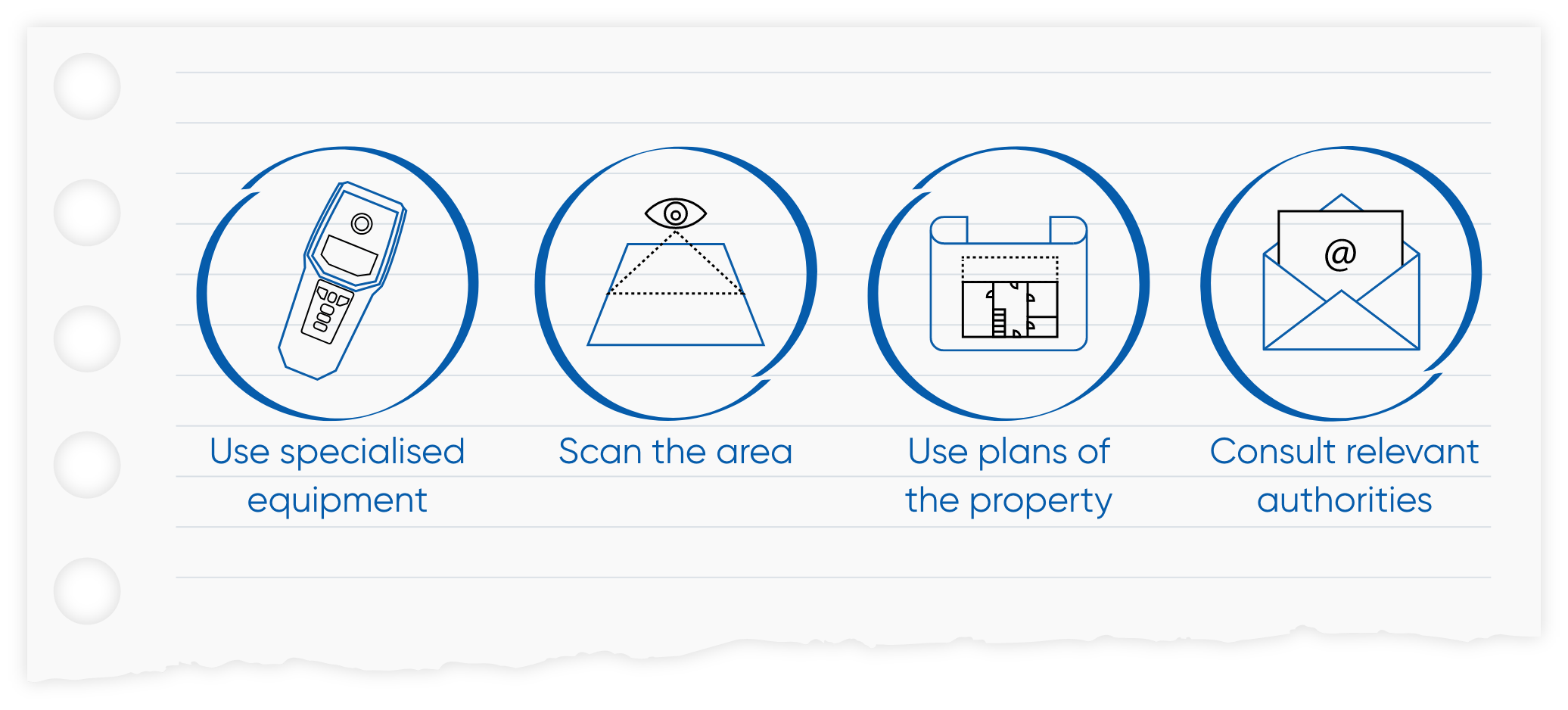
How to avoid important wires and pipes
Like with any DIY, it is important to put safety first to reduce the risk of harm to yourself and the area you’re working on. One trade professional we spoke to warns, "Dig down with caution! Plans are not always available. Items are buried by previous occupants or forgotten about by the present residents. I have uncovered many hazards, too many to mention. I ought to have kept a record and written a book about all my discoveries. Make no assumptions."
To avoid damaging wires and pipes, trade professionals advise using specialised equipment like cable and pipe detectors to reveal what’s underneath your garden. They also suggest scanning the area for any visual clues of wires or pipes going in or out of a building, or on the closest street. Where possible, refer to the property’s plans and consult relevant authorities. If you’re still unsure, seek professional advice to remain on the safe side.
Expert safety tips when gardening
You must also take caution when working above ground. Keeping fertilisers and chemicals in their original containers, and wearing protective equipment like gloves, safety goggles and face masks are the two most popular safety tips from landscaping and gardening professionals (both 71%).
Using the correct gardening tools for the job and wearing appropriate clothing, footwear and headwear comes in second place (64%), while engaging in safety protocol and following all guidelines when using ladders and equipment sits in third place (57%).
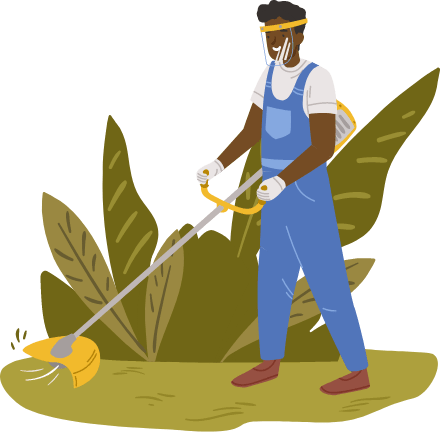
Wear protective equipment
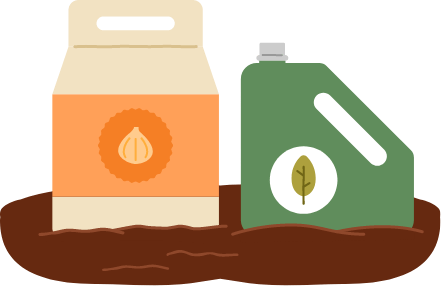
Keep fertilisers and chemicals in original containers

Use the correct tools
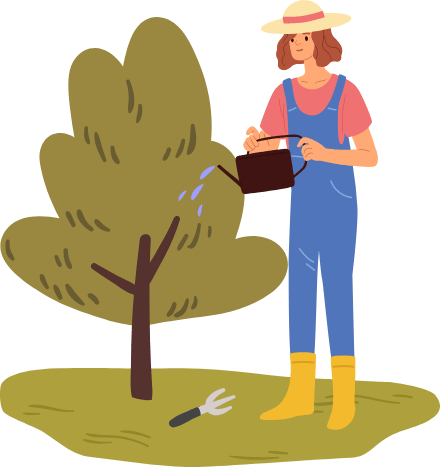
Wear appropriate clothing
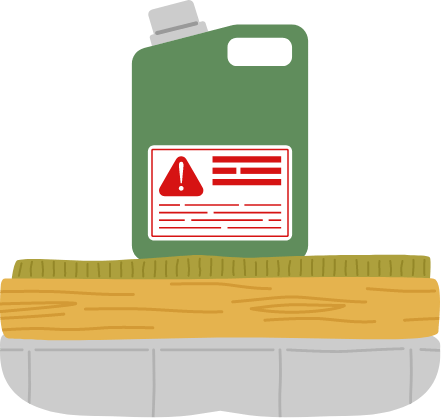
Follow all safety guidelines
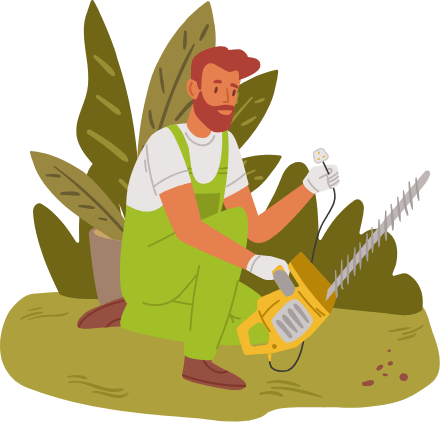
Unplug electricals when not in use

Be mindful of your back
Most common gardening mistakes
If you’re not an avid gardener, it’s easy to make small mistakes in the garden that can later cost time and money to fix, as well as potentially affecting the soil, dirt and underlayer of your garden. While a quarter of homeowners we spoke to say they haven’t made any gardening mistakes (25%), the remainder revealed their blunders when updating their outdoor space.
Watering too much or too little is the most common mistake homeowners make in the garden (28%), followed by not killing the roots properly when weeding (27%), and not mowing the lawn properly (22%). These mistakes can be easily avoided but may cost homeowners extra hours and (and pounds) to fix.
Results differ slightly for trade professionals. Nearly three-quarters of the landscapers and gardeners (71%) we spoke to say planting a tree or plant that grows too big is the most common mistake they experience in their job. Not maintaining the lawn properly sits in second place (64%), followed by failing to consider the maintenance needed to keep a garden in good condition (57%).
Most common mistakes made when gardening
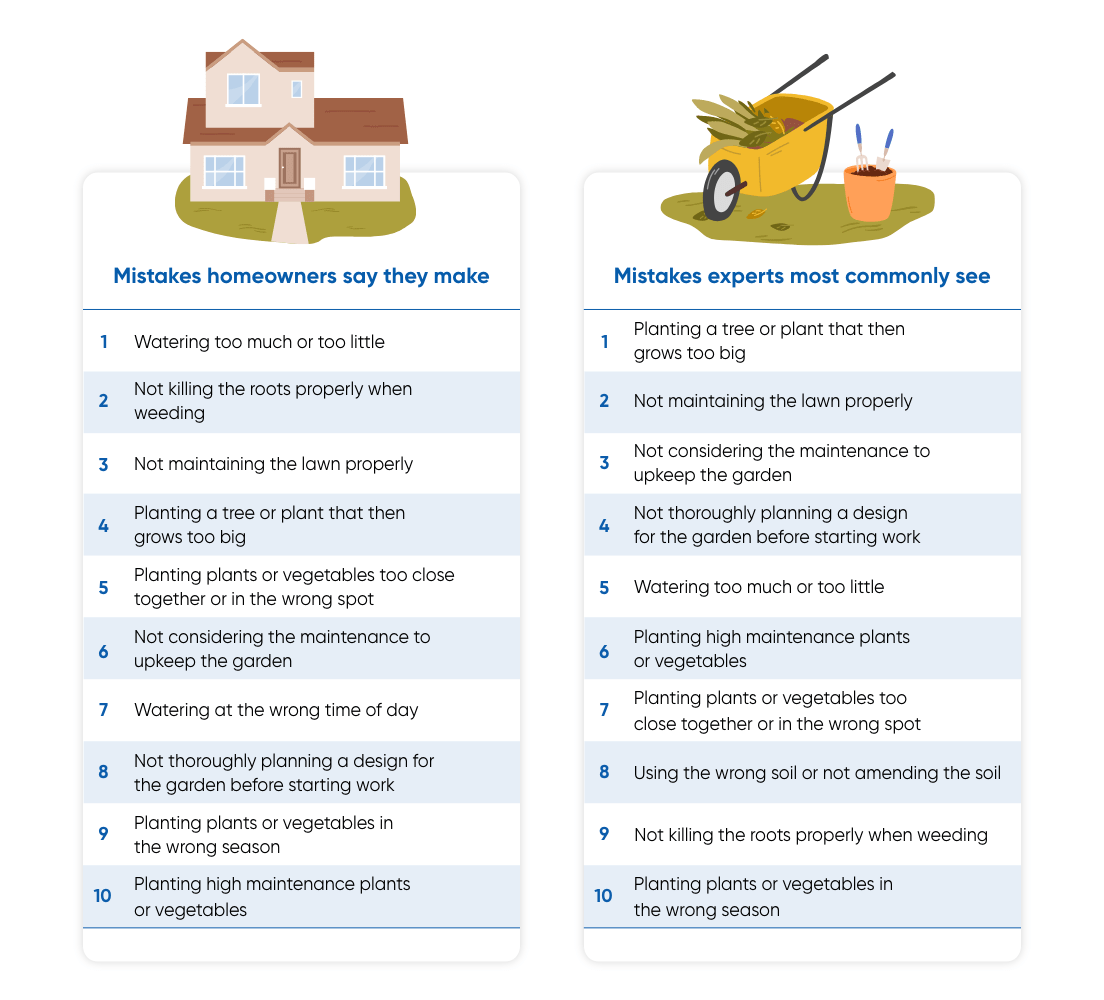
What have people found in their gardens?
It’s estimated that 87% of households in the UK have a garden, meaning there’s plenty of room for weird and wonderful things to be found in people’s backyards. In fact, two-in-five homeowners (39%) have found something in their garden that does not belong to them.
The most common items that homeowners have found are household rubbish (19%), toys (14%) and tools (13%), while one-in-twenty have found a dead pet or animal that was not theirs. Just under one-in-ten (7%) have found money, but it doesn’t stop there. Some of the more unique responses we received included a photo album from the 1900s, a very old motorcycle, old pottery, Victorian bottles, a WW2 bunker, and even a well.
We asked our landscapers and gardeners to reveal the most interesting things they’ve discovered in someone’s garden, and their answers did not disappoint. While the more tame answers included grass snakes and slow worms, this quickly progressed to a mattress, buried clothes, bones, a horse skeleton, a Mini, and an air-raid shelter from WW2. One gardener from the East Midlands said, “A cannonball is the most interesting thing I have found, but I have also dug up a car and the body of a customer's old pet”.

Most interesting finds from homeowners and experts

A well

A car

A WW2 bunker

1900's photo albums

A cannonball

An old motorcycle

A horse skeleton
What have people buried?
For items to be found, they must be buried in the first place. Half of homeowners (50%) say they have buried something in a garden before. More than a third of homeowners have buried a dead pet (35%), making it the most common answer, while just under one-in-ten say they have buried a dead animal that was not their own (9%).
More than a quarter of those who have buried a dead pet say they did not dig it up when they moved home. Likewise, just under a quarter (24%) of those who buried a dead animal that wasn’t theirs also didn't move it when they relocated. This means an estimated 1.5 million gardens in the UK could have an animal buried that does not belong to the current owners.
Experts advise to not bury items in the garden
Most trade professionals we spoke to advise against burying items in your garden. Not only could there be dangers associated with burying certain items, but homeowners must also be mindful of where they bury items for future garden renovations and if they decide to dig them up.
Trade professionals also warn that soil could sink after burial, causing the garden to be uneven. Buried items “could also be bad for the environment and cause hazards in the future”. One gardener from the South West says, “Problems arising from burying things vary depending on the material, and can range from groundwater pollution to adversely affecting drainage.”
If you need to bury anything in your garden, experts say to ensure items are buried deep enough and advise using markers and a plan to indicate where the items have been buried. You must also ensure items are watertight and airtight, are not environmentally hazardous, and “the material is stable. So no cement or plaster as these can affect the pH balance of the soil.”
Whether you’re updating your garden as part of your regular garden maintenance or renovating the area completely, Toolstation has a range of garden power tools and accessories for a successful transformation, including spades and shovels.
Sources and Methodology
Toolstation surveyed 1,013 UK homeowners that have a garden asking about the items they’ve found or buried in their garden, the items they will be adding into their garden this year, the gardening mistakes they’ve made in the past, and their attitudes to wildlife habitats in the garden.
Toolstation also spoke to gardening and landscaping trade professionals from the Toolstation panel of experts to ask about the most interesting items they’ve found while working, and to gather advice on what homeowners need to be careful of when working on their garden.

